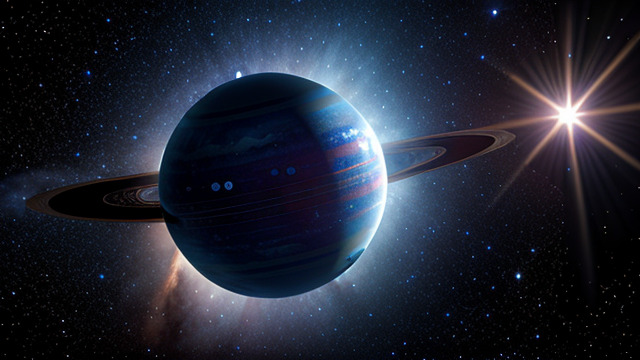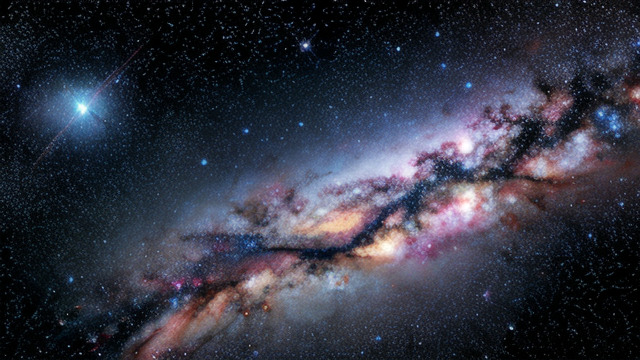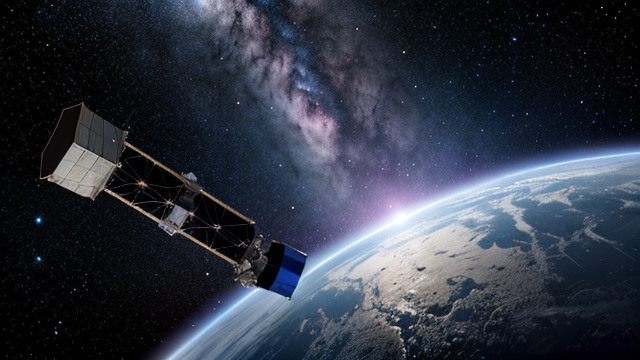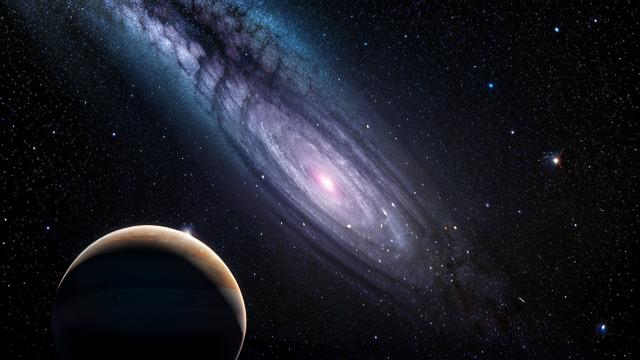Launched on December 25, 2021, the James Webb Space Telescope (JWST) is the largest and most powerful space telescope ever built. It is an international collaboration between NASA, the European Space Agency (ESA), and the Canadian Space Agency (CSA).

A remarkable story
The JWST is designed to observe the universe in infrared light, which allows it to see objects that are too faint or too distant to be seen in visible light. This includes objects like the first stars and galaxies to form in the universe, as well as planets that may be able to support life.
The JWST has already made some groundbreaking discoveries, including the detection of the oldest known galaxy and the first evidence of water ice on a potentially habitable exoplanet.
The JWST is still in its early stages of operation, but it has already revolutionized our understanding of the universe. It is a testament to human ingenuity and cooperation, and it is sure to continue to make groundbreaking discoveries for years to come.
The James Webb Space Telescope (JWST) is a large space telescope designed to conduct primarily infrared astronomy. The telescope is a successor to the Hubble Space Telescope and is the largest and most powerful space telescope ever built. The JWST was designed to complement and expand the discoveries made by Hubble, with its greater sensitivity to infrared radiation allowing it to view fainter objects and see objects that are too distant or obscured for Hubble to observe

The Key Features
The JWST’s primary mirror is a segmented mirror made up of 18 hexagonal segments, each measuring 1.32 meters (4.3 feet) across. The total area of the primary mirror is 6.25 square meters (67 square feet), which is about 2.5 times larger than the primary mirror of the Hubble Space Telescope.
The JWST is designed to observe the universe in infrared light, which allows it to see objects that are too faint or too distant to be seen in visible light. This includes objects like the first stars and galaxies to form in the universe, as well as planets that may be able to support life.
Four amazing scientific instruments
The four scientific instruments on board are the Near-Infrared Camera (NIRCam). This camera will be used to take pictures of celestial objects in the near-infrared wavelength range. The Near-Infrared Spectrograph (NIRSpec). This spectrograph will be used to study the spectra of celestial objects, which can reveal information about their composition, temperature, and motion. The Mid-Infrared Instrument (MIRI). This instrument will be used to take pictures and spectra of celestial objects in the mid-infrared wavelength range. Lastly the Fine Guidance Sensor/Near-Infrared Imager and Slitless Spectrograph (FGS/NIRISS). This instrument will be used to guide the telescope and to take pictures and spectra of celestial objects in the near-infrared wavelength range.

Launch and Deployment
The JWST was launched on December 25, 2021, on an Ariane 5 rocket from Kourou, French Guiana. The telescope then underwent a complex deployment process, which included unfolding its sunshield, deploying its primary mirror segments, and aligning its scientific instruments.
Scientific Goals
The JWST has a wide range of scientific goals, including Studying the formation of the first stars and galaxies, Searching for habitable exoplanets, and Understanding the evolution of our solar system. The JWST will be able to observe the first galaxies to form in the universe, just a few hundred million years after the Big Bang. It will be able to search for exoplanets that may be able to support life by studying their atmospheres and the JWST will be able to study the formation of our solar system and the evolution of our planets.

Impact on Astronomy
The JWST is expected to have a profound impact on astronomy. It is the most powerful space telescope ever built, and it will allow us to make groundbreaking discoveries about the universe. The JWST’s observations will help us to understand the origins of the universe, the formation of galaxies and stars, and the potential for life on other planets.
This is an AI story and all images are created by AI, to learn more and see real images, please visit https://webb.nasa.gov/.
To read more Amazing stories written by AI click here.



